LAWSON PHILIPS OutStanding Screens OSS Drive-in 16 User manual






This manual suits for next models
2
Table of contents
Other LAWSON PHILIPS Projection Screen manuals
Popular Projection Screen manuals by other brands
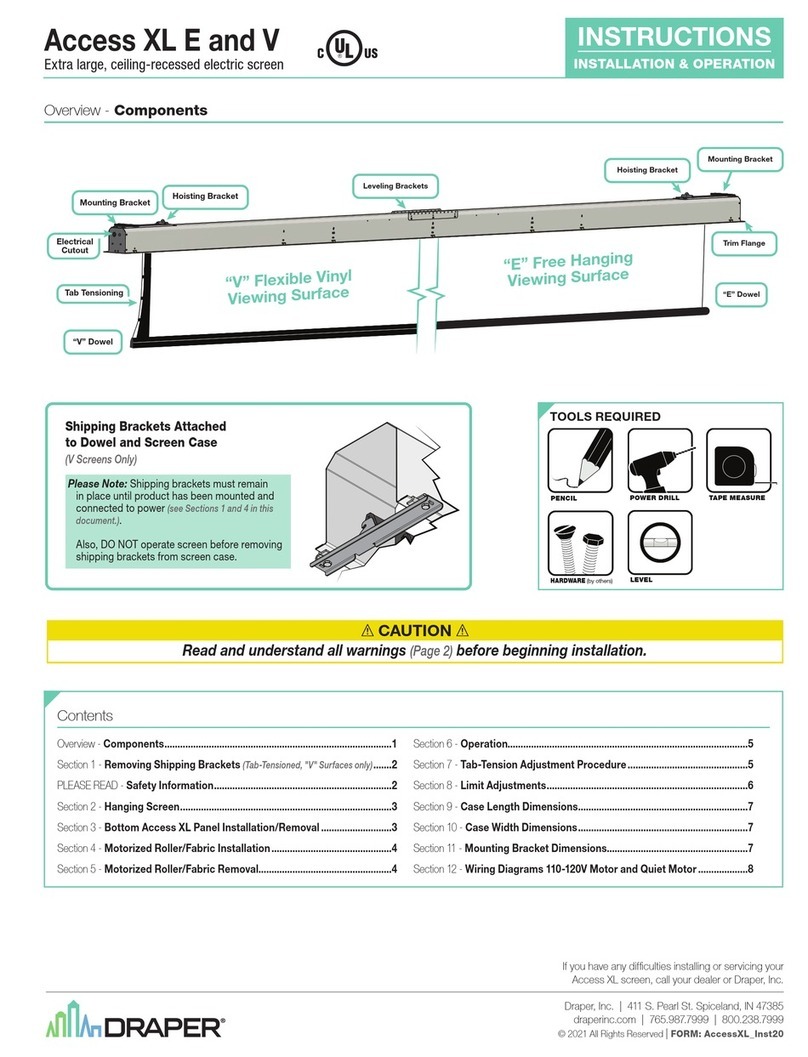
OCULUS
OCULUS Access XL E Series INSTRUCTIONS INSTALLATION & OPERATION
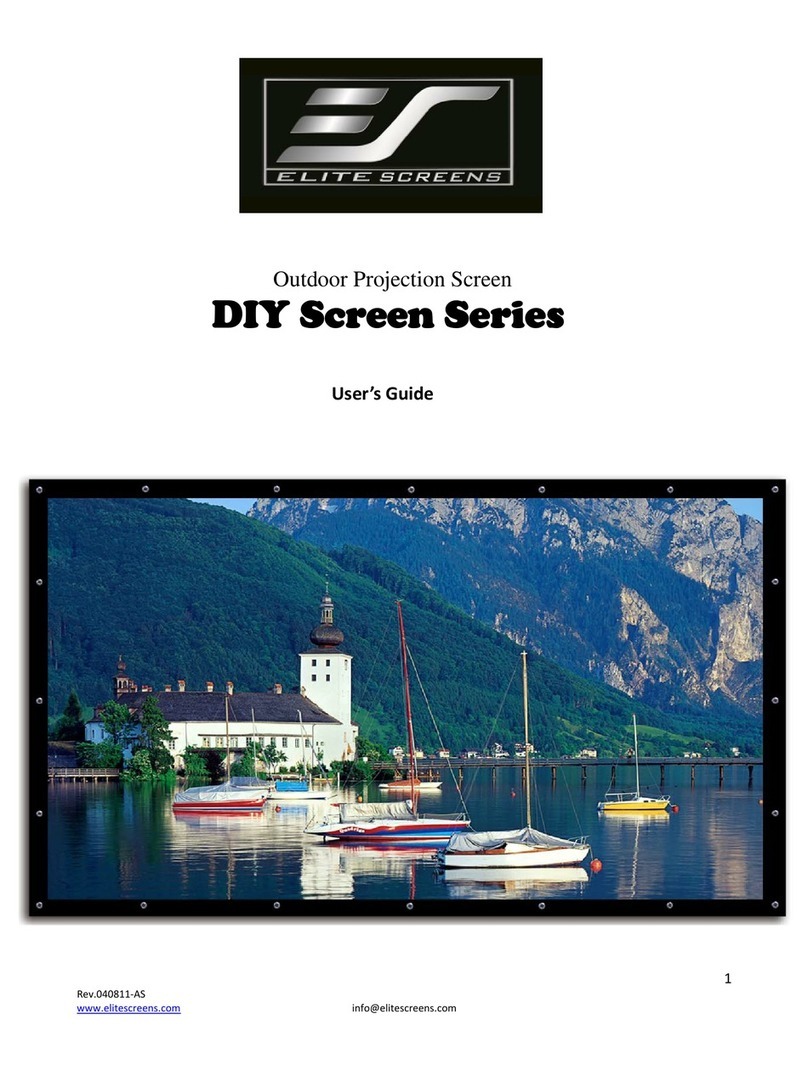
Elite Screens
Elite Screens DIY Screen Series user guide
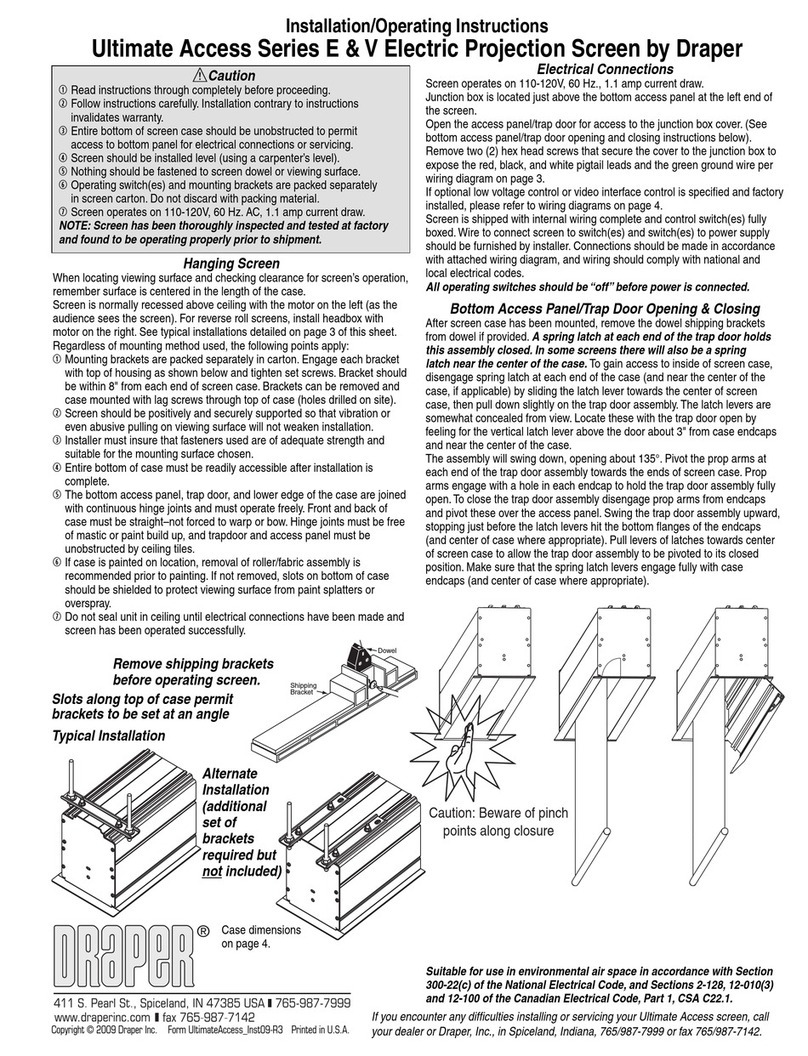
Draper
Draper Ultimate Access Series E Installation & operating instructions
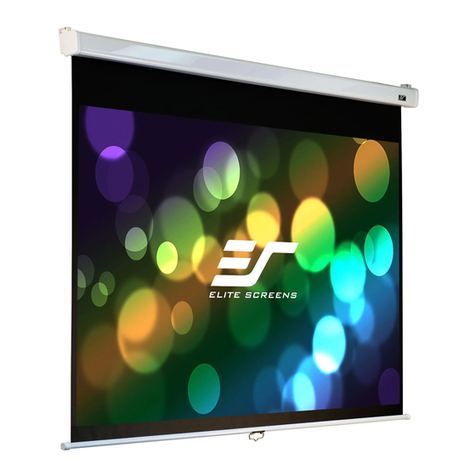
Elite Screens
Elite Screens M85XWS1-SRM manual
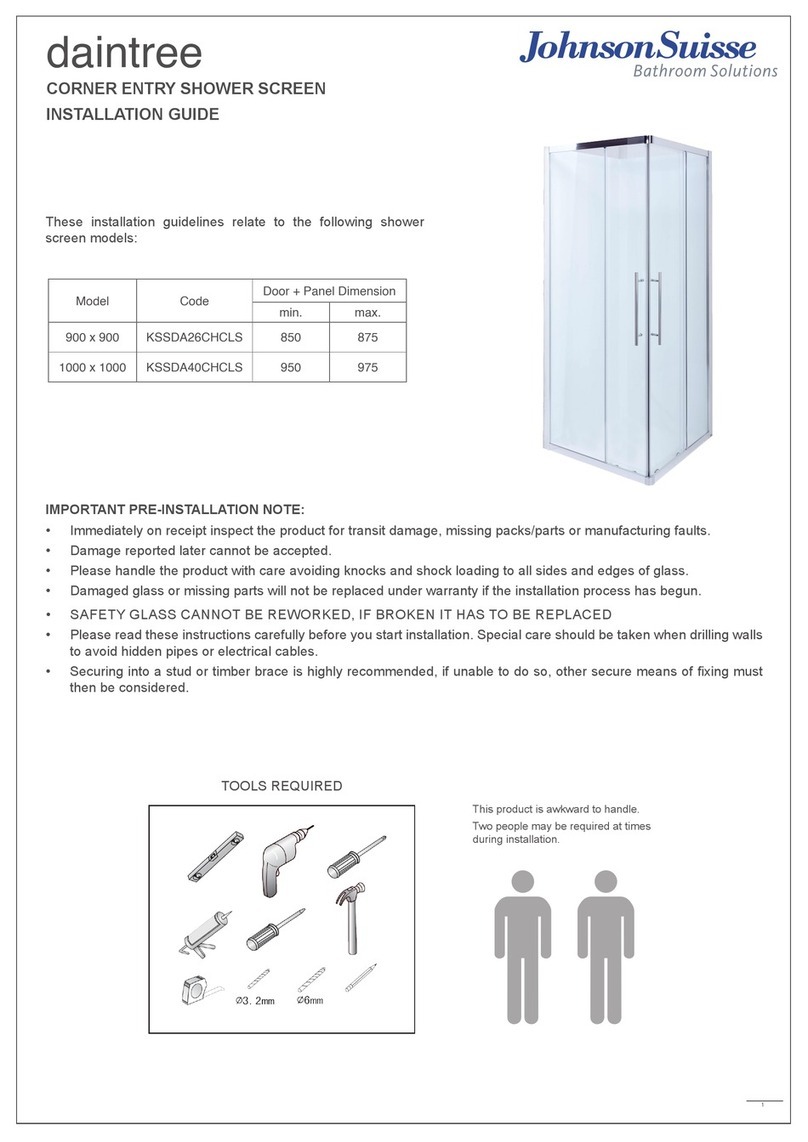
JohnsonSuisse
JohnsonSuisse daintree KSSDA26CHCLS installation guide
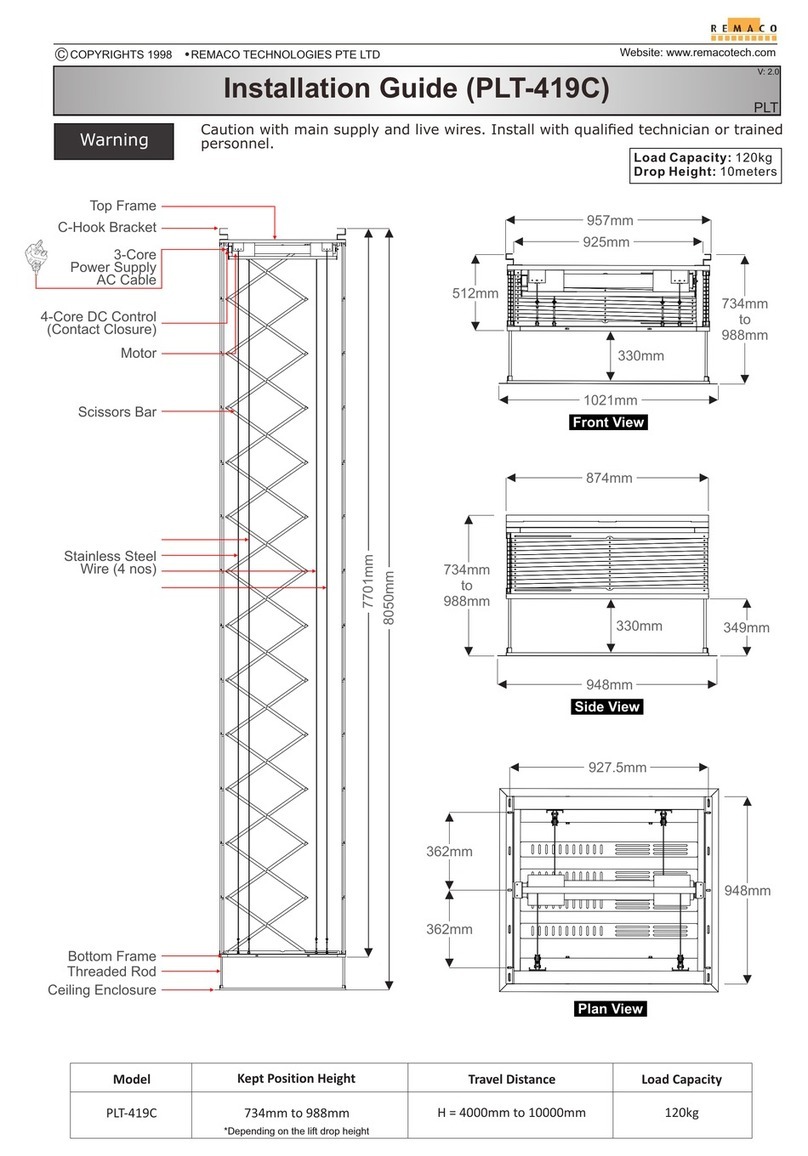
REMACO TECHNOLOGIES
REMACO TECHNOLOGIES PLT-419C installation guide
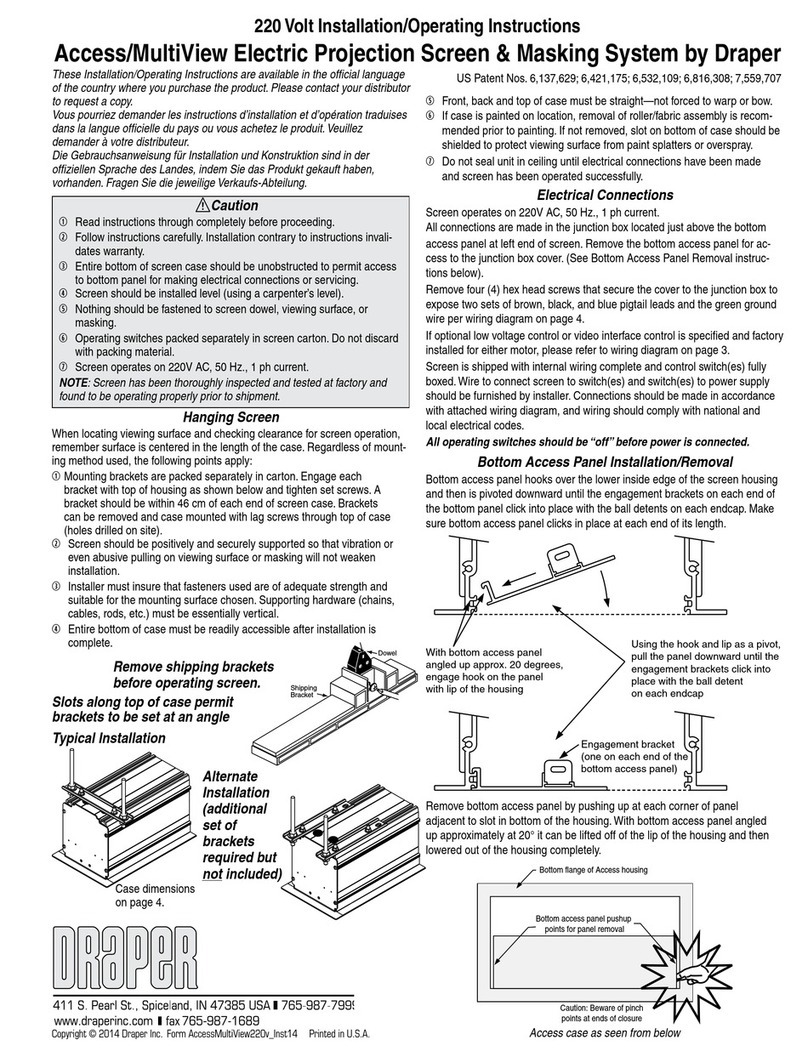
Draper
Draper Access MultiView Series Installation & operating instructions

X-METAL
X-METAL 37912 Assembly instructions
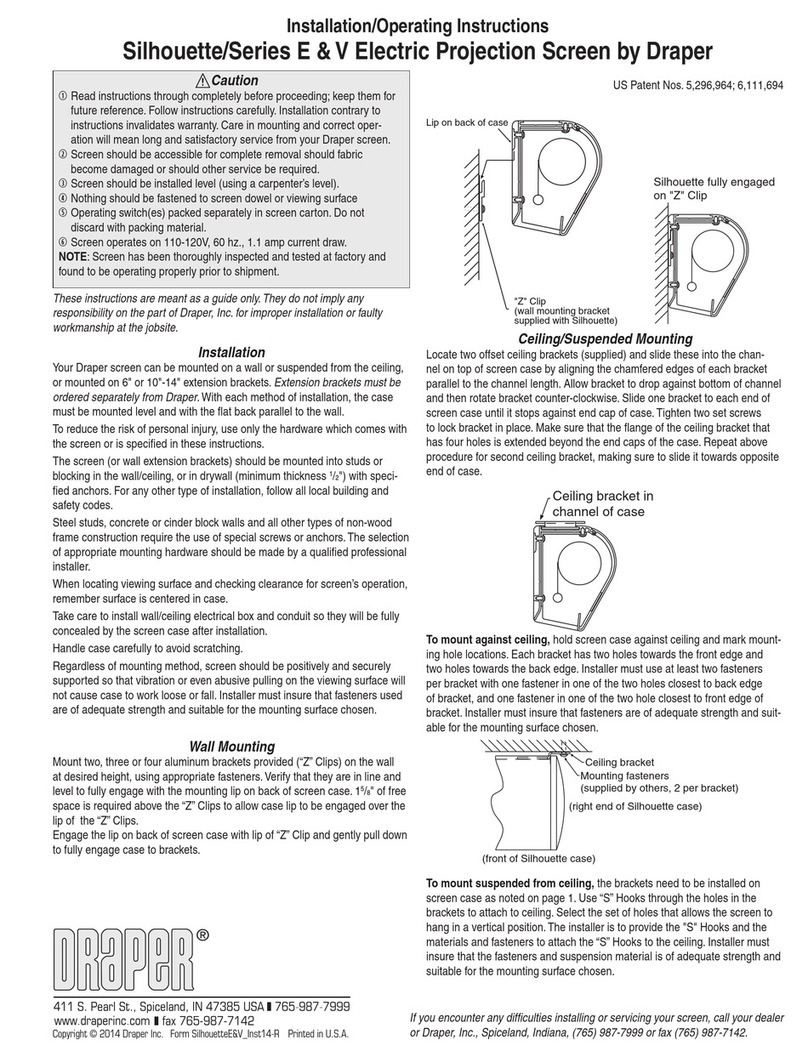
Draper
Draper Silhouette E Series Installation & operating instructions
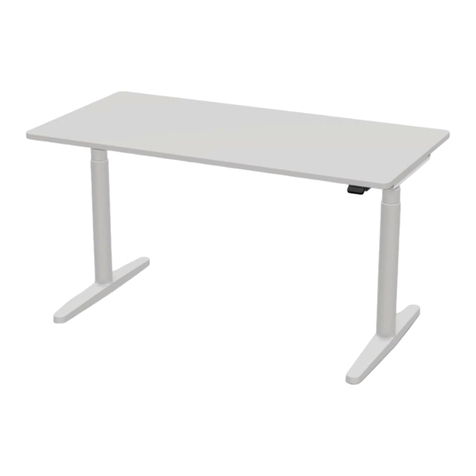
VITRA
VITRA Tyde 2 Instructions for use
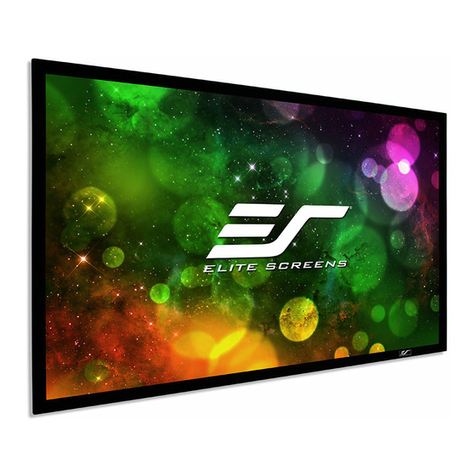
Elite Screens
Elite Screens Sable Frame B2 Series user guide

Screen Technics
Screen Technics CINEMAPRO instructions
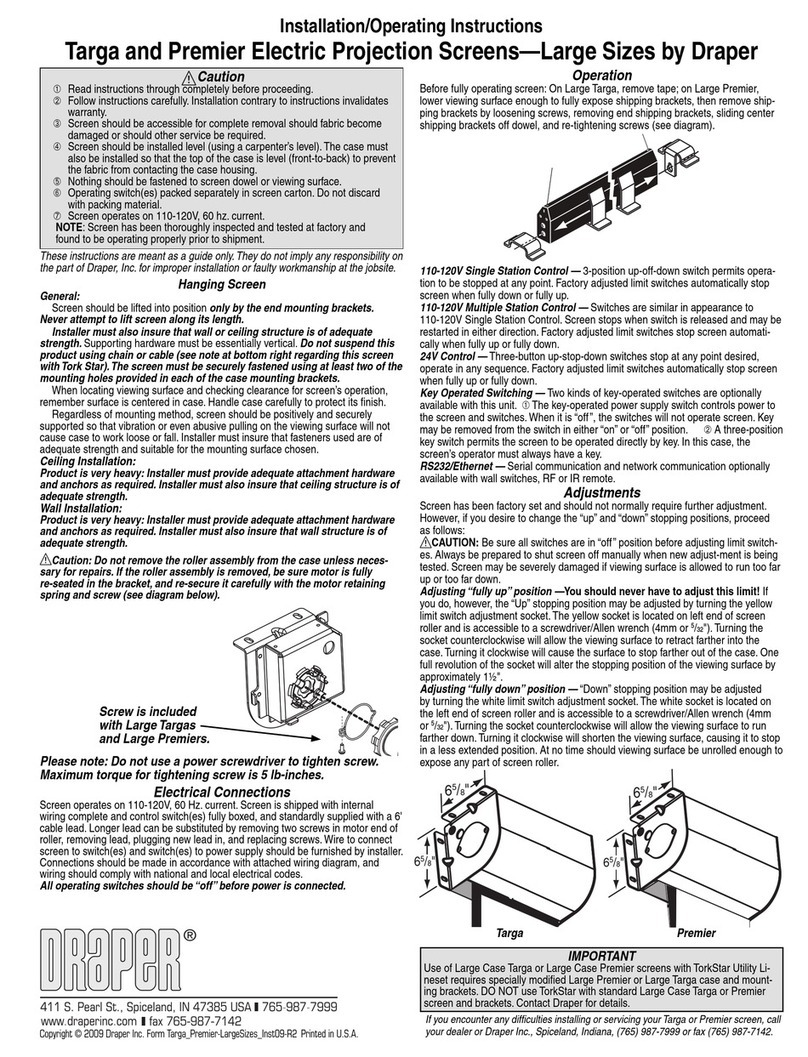
Draper
Draper Targa Installation & operating instructions
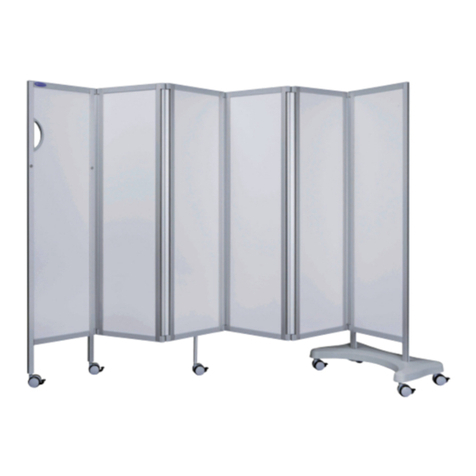
CHINESPORT Spa
CHINESPORT Spa XM16506 owner's manual
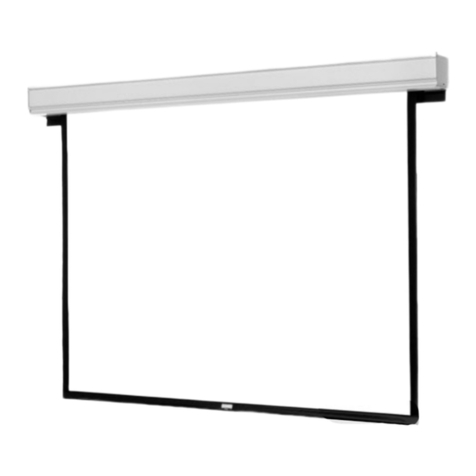
Da-Lite
Da-Lite ADVANTAGE DELUXE ELECTROL Instruction book

Draper
Draper Ropewalker INSTRUCTIONS INSTALLATION & OPERATION

Euroscreen
Euroscreen Diplomat Electric user manual
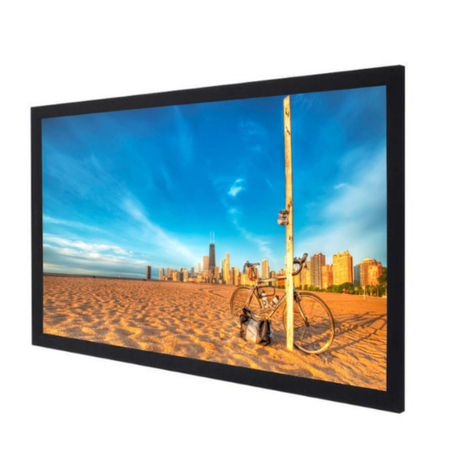
Kimex
Kimex 044-3 Series installation manual
